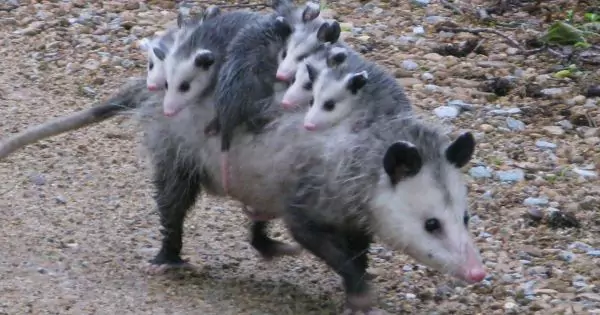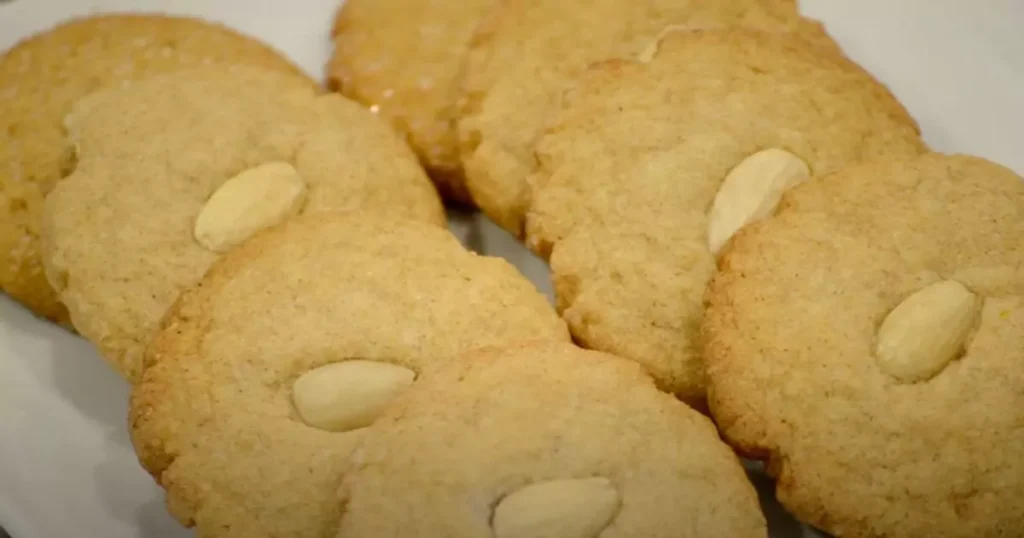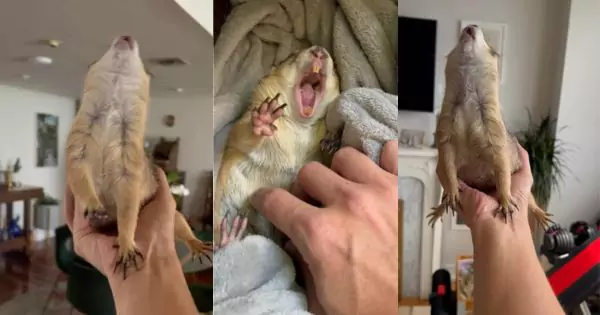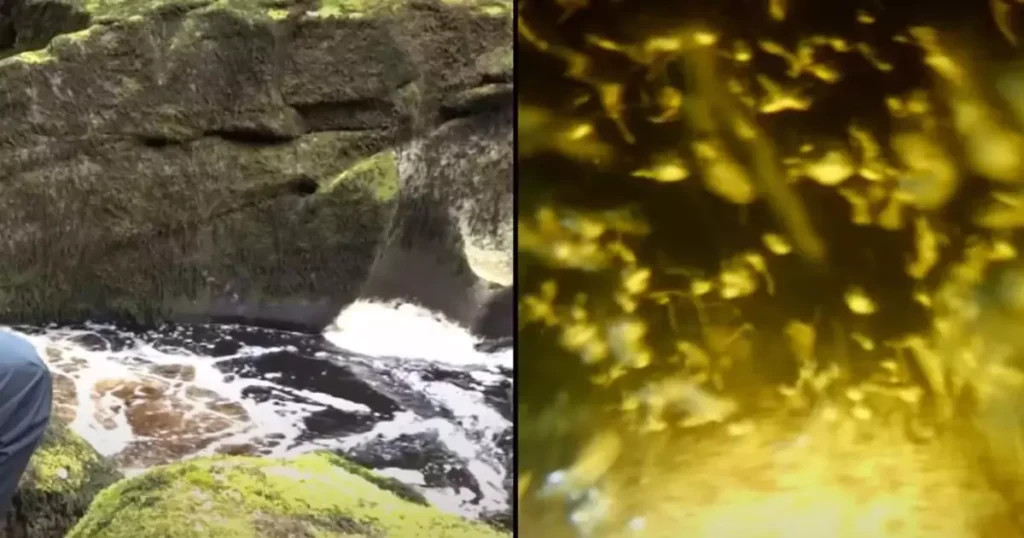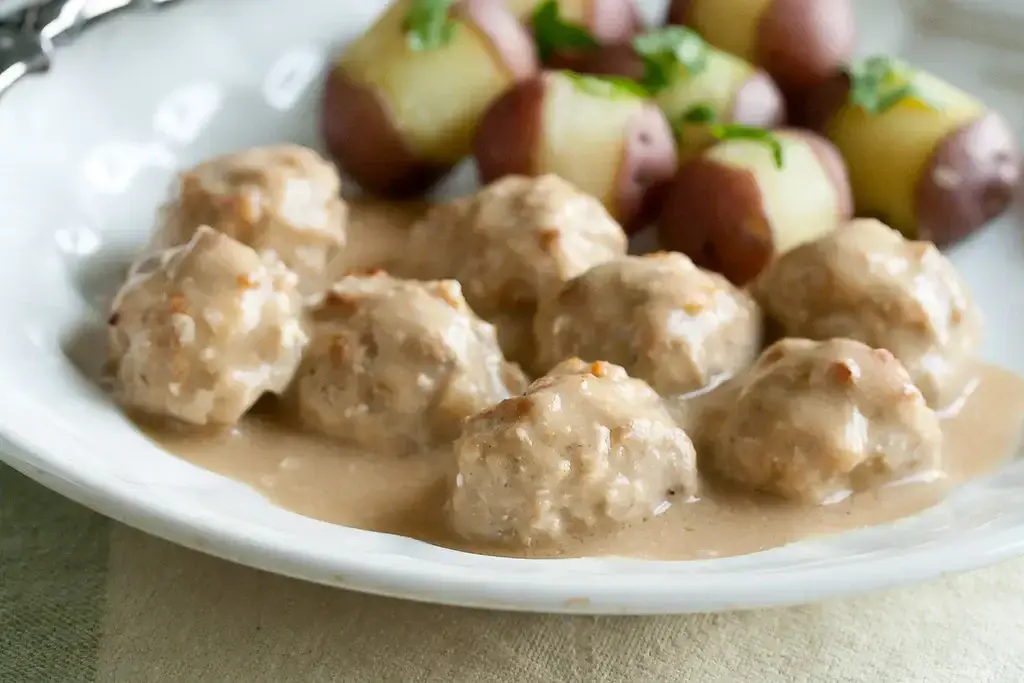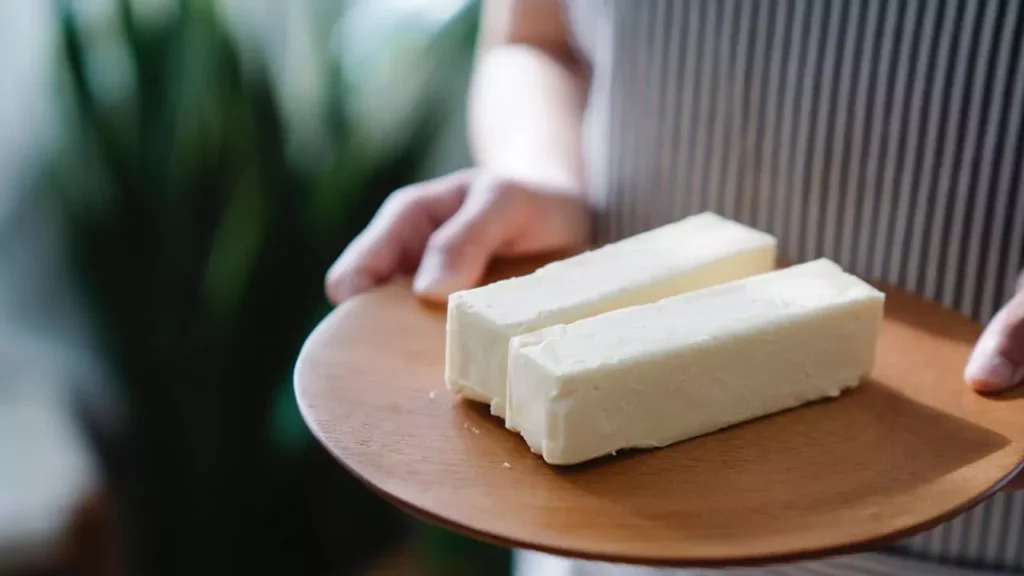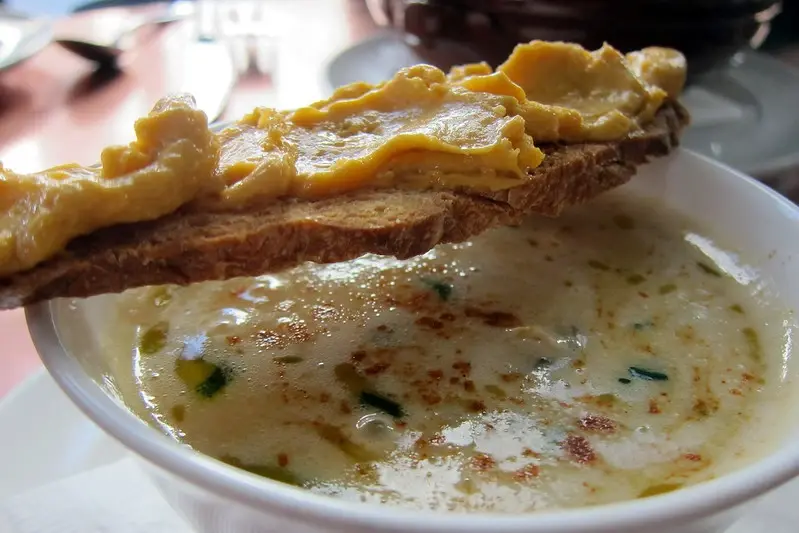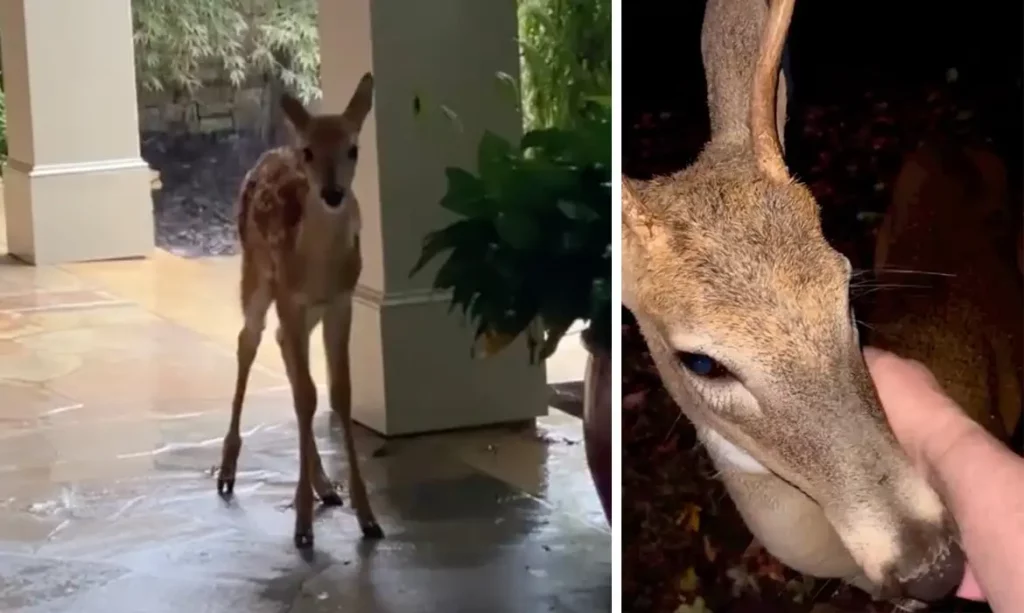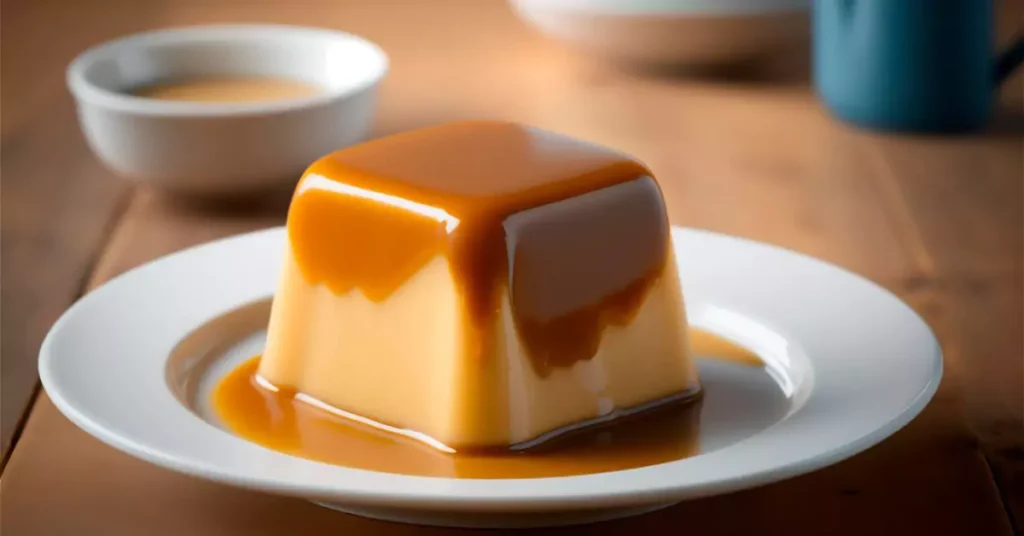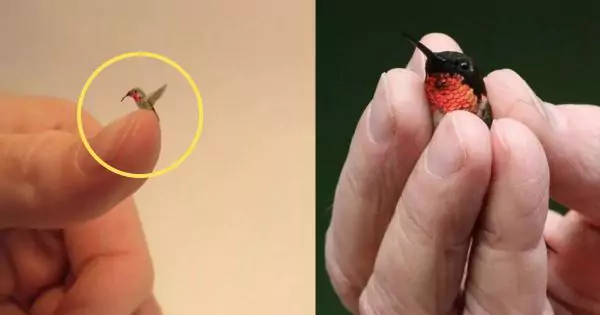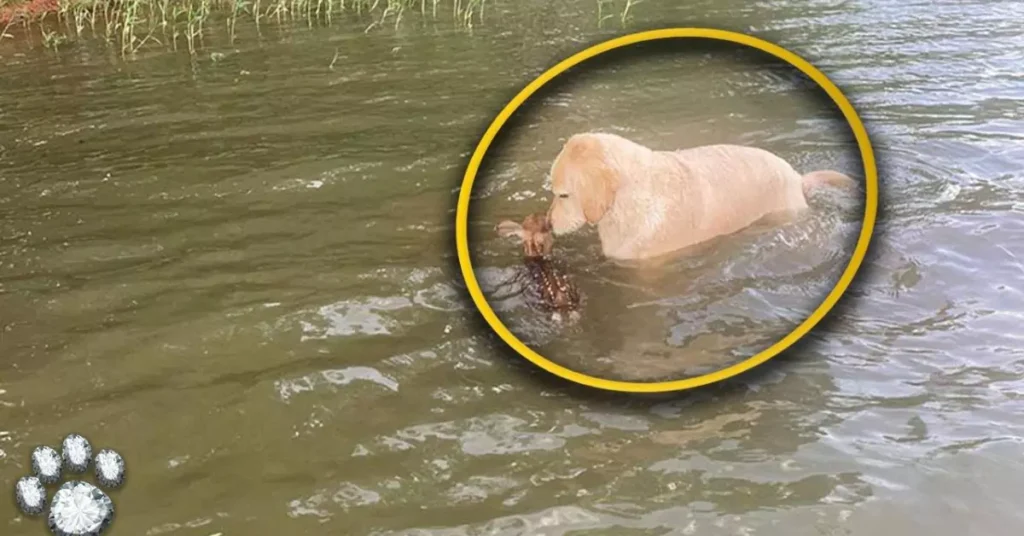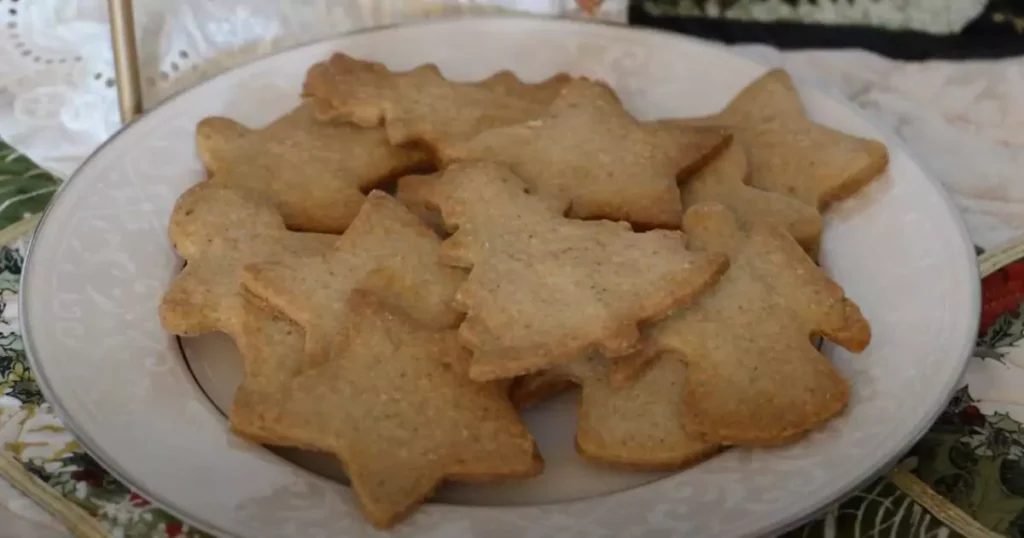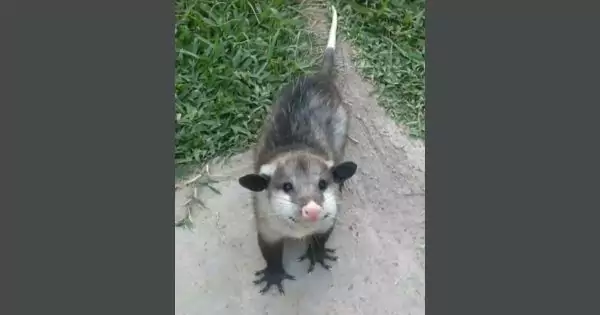
Opossums, those enigmatic creatures of the Americas, are often misunderstood and underestimated. This diverse group of marsupials has a fascinating history and a unique set of characteristics that set them apart in the world of wildlife. From their origin in North America to their remarkable resilience in the face of challenges, opossums have a story worth telling.
In this exploration, we delve into their intriguing features, their role in their ecosystems, and their place in human culture. Opossums, with their distinctive traits and behaviors, continue to surprise and captivate those who take the time to understand them.
Origin of Marsupials (Opossum)
Marsupials, a group of animals including kangaroos and koalas, are believed to have their origins in North America. Over time, they migrated south, eventually reaching Australia by crossing through Antarctica. Today, the majority of extant marsupial species reside in Australia, where they became isolated when the continents shifted.
Competition with Placental Mammals
The rise of placental mammals in North America led to fierce competition, resulting in the extinction of most native marsupials on the continent, with one notable exception—the Opossum.
Opossum Characteristics
Opossums are distinct creatures known for their semi-arboreal lifestyle and opportunistic omnivorous diet. They typically reach a size comparable to that of a house cat and are recognized by their elongated snouts.
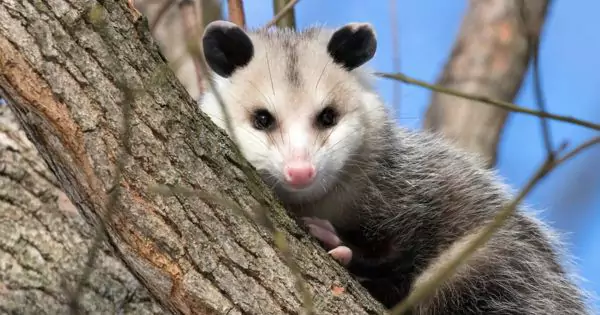
Opossum Facts
- Habitat: Opossums inhabit a range of environments, from forests to swamps and shrublands.
- Location: They are native to the Americas.
- Lifespan: Opossums generally live for 2 to 4 years.
- Size: These animals can grow up to one meter in length and weigh no more than 3 kilograms (6.6 pounds).
- Color: Opossums are typically grey or brown, often with dappled white markings.
- Diet: Opossums are opportunistic feeders, consuming a diverse array of food items, including dead animals, insects, birds, frogs, fruits, and plants.
- Predators: Their main predators are humans and coyotes.
- Speed: Opossums are not known for their speed.
- Number of Species: There are a total of 93 different species of Opossum.
- Conservation Status: Opossum species vary in their conservation status, ranging from “Least Concern” to “Vulnerable” according to the IUCN.
Distinct from Australian “Possums”
It’s important to note that Opossums are distinct from the Australian “possums.” While Americans sometimes use the term “possum” to refer to the Virginia opossum species found in the United States and Canada, Australian “possums” belong to a completely different order and are not closely related. In fact, Virginia opossums are more closely related to kangaroos.
Culinary History of Opossums
In the 19th century, Opossums were a part of Southern-style cuisine in the United States. While their consumption has become less common, they are still consumed in some regions and Caribbean islands.
Tough Opossums
Opossums are known for their resilience and adaptability. They can thrive in challenging environments, which is why many species are commonly found in areas inhabited by humans. Additionally, they exhibit a high tolerance for rattlesnake venom, allowing them to be bitten without severe consequences. This resistance to venom, in part, results from their exceptionally low internal body temperature, which falls below the optimal range for the rabies virus. As a result, opossums are not significant vectors of diseases and serve as effective pest controllers.
Tick Removal Experts
Opossums play a valuable role in reducing the spread of Lyme disease by consuming ticks in large numbers. A single opossum can consume up to 5,000 ticks in a season, effectively reducing the population of disease-carrying parasites. They also help control other disease vectors like cockroaches and mice.
Living Fossils
Opossums represent a lineage of small mammals that split from Australian marsupials soon after the extinction of dinosaurs. They retain primitive mammalian traits and have survived, relatively unchanged, in niches that opened up following the dinosaur extinction.
Playing Possum
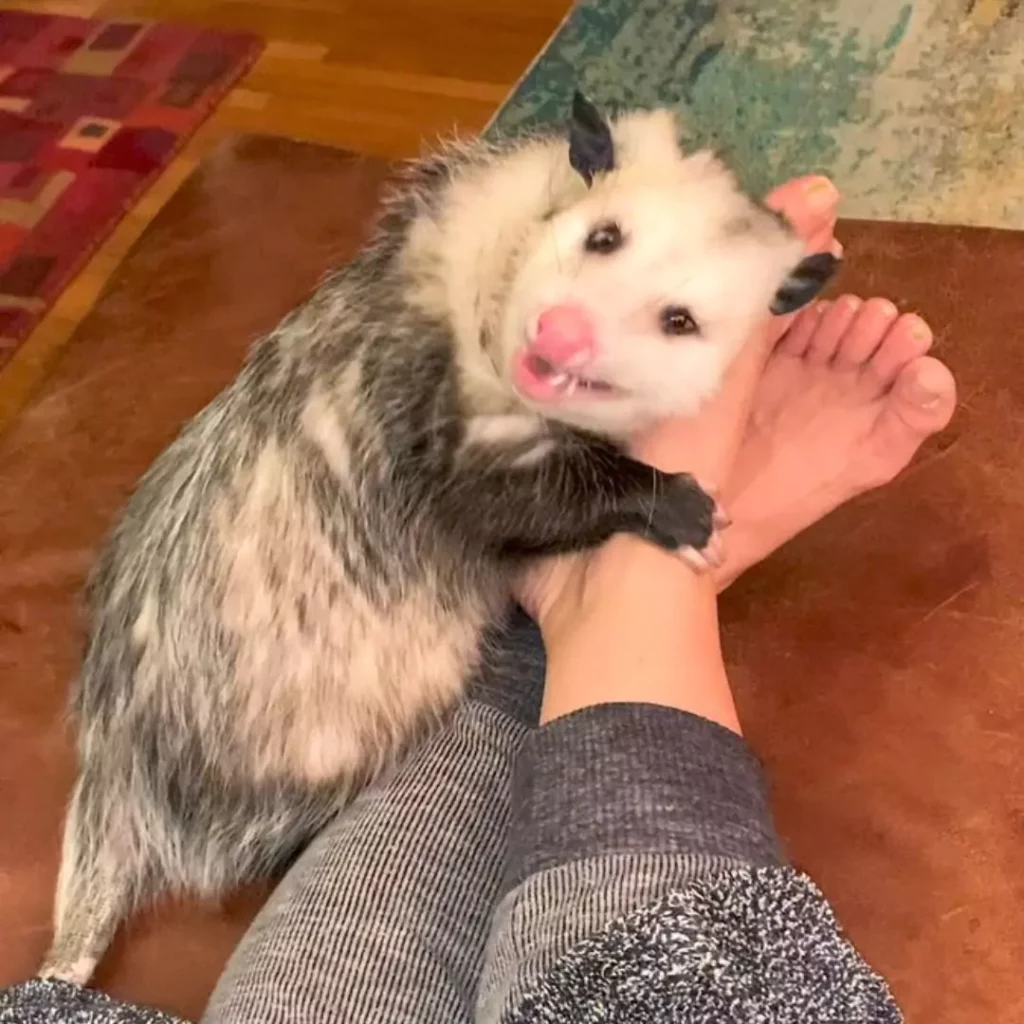
When opossums feel threatened, they may display aggressive behaviors such as hissing and showing their teeth. However, their most well-known defense mechanism is playing dead. They are exceptionally skilled at this act, often feigning illness before collapsing, which can create the impression that they carry diseases or are unfit for consumption. This response is entirely reflexive and can last for hours, making it a convincing survival strategy.
Prehensile Tails
Some species of opossums possess prehensile tails, which they use for grasping or hanging from trees, similar to certain new world monkey species. This feature is more common in young, juvenile opossums rather than adults. Their prehensile tails function as a fifth limb for climbing and assist in carrying nesting materials or leaves.
A Bit Lazy
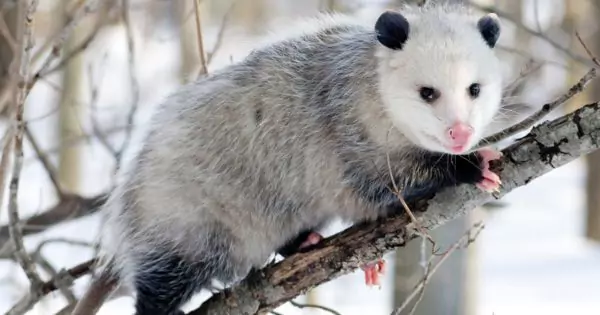
Opossums are often solitary and nomadic creatures. They prefer to live and forage alone but will occasionally form small family groups. Instead of digging their own burrows, they tend to occupy abandoned burrows or seek shelter under houses. Opossums are known for their extended periods of sleep, sometimes exceeding 20 hours per day, and their tendency to avoid extensive exploration.
Potential as Friendly Companions
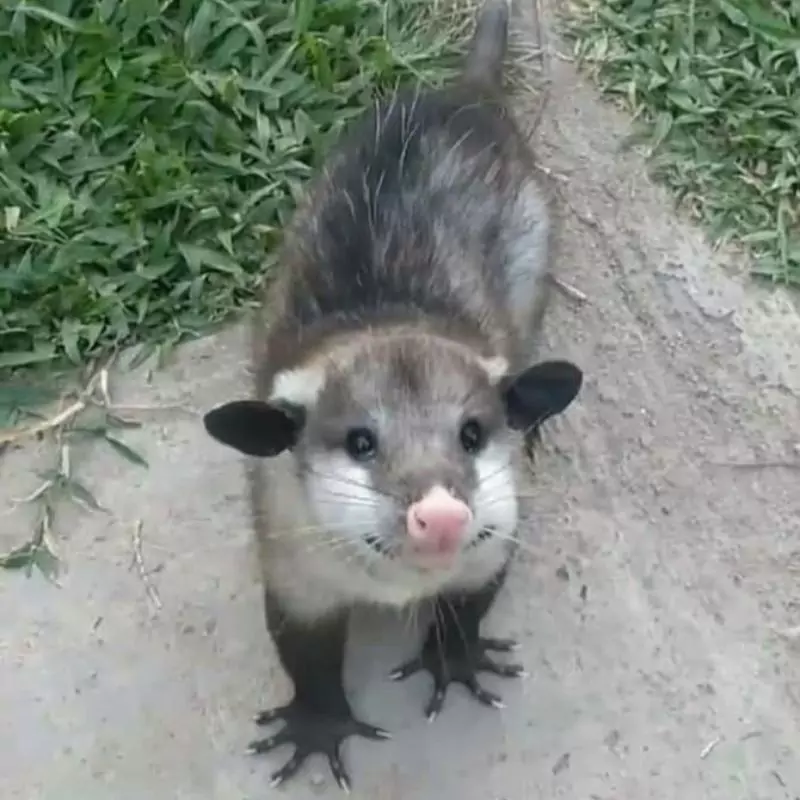
Contrary to their negative reputation, opossums can be known for their docile and friendly nature when kept as pets. They may display affection through actions like licking their owners’ faces and rubbing their heads on them.
Considerations for Keeping Opossums as Pets
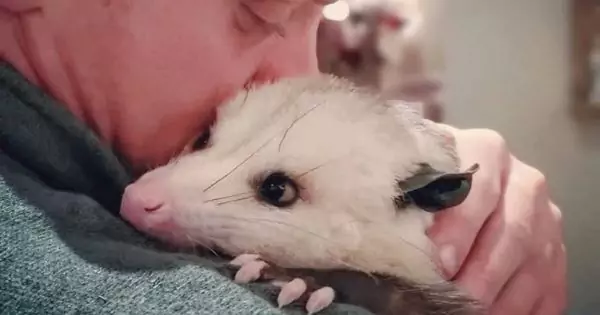
Despite their potential as pets, there are important factors to consider. Opossums can carry certain parasites that may pose health risks to humans, and their status as unusual pets makes finding appropriate veterinary care challenging. Their natural foraging behavior, which involves covering large territories in the wild, is difficult to replicate in a captive setting.
| Aspect | Information |
|---|---|
| Origin of Marsupials | Marsupials originated in North America and migrated to Australia through Antarctica, where most extant species are found today. |
| Competition with Placental Mammals | Placental mammals outcompeted native marsupials in North America, except for the Opossum. |
| Opossum Characteristics | Opossums are semi-arboreal omnivores, typically around the size of a house cat, with long snouts. |
| Opossum Facts | – Habitat: Opossums live in forests, swamps, and shrublands. – Location: They are native to the Americas. – Lifespan: Opossums live for 2-4 years. – Size: They can grow up to 1 meter and weigh up to 3kg (6.6lb). – Color: Opossums are usually grey or brown with dappled white. – Diet: Opossums are omnivores, eating various foods. – Predators: Humans and coyotes are their primary predators. – Speed: Opossums are not very fast. – Number of Species: There are 93 different species of Opossum. – Conservation Status: Opossum species vary from “Least Concern” to “Vulnerable” according to the IUCN. |
| Distinct from Australian “Possums” | Opossums are not the same as Australian “possums” and are more closely related to kangaroos. |
| Culinary History of Opossums | Opossums were once part of Southern-style cuisine in the United States and are still eaten in some regions and Caribbean islands. |
| Tough Opossums | Opossums are resilient and can thrive in harsh environments. They have a high tolerance for rattlesnake venom and are resistant to rabies. |
| Tick Removal Experts | Opossums help reduce the spread of Lyme disease by consuming ticks and other disease vectors. They also control pests like cockroaches and mice. |
| Living Fossils | Opossums represent a primitive lineage of mammals that split from Australian marsupials after the dinosaur extinction. |
| Playing Possum | When threatened, opossums may hiss and show their teeth. They are known for playing dead convincingly. This response is reflexive and can last for hours. |
| Prehensile Tails | Some opossum species have prehensile tails that they use for climbing, grasping, and carrying. |
| A Bit Lazy | Opossums are often solitary and nomadic, with a preference for living and foraging alone. They can sleep for over 20 hours a day and are not exploratory animals. |
| Potential as Friendly Companions | Opossums can be docile and affectionate when kept as pets. They display affection through actions like licking and rubbing. |
| Considerations for Keeping Opossums as Pets | Opossums can carry parasites that may be unhealthy for humans. They have specific needs and are challenging to find veterinary care for. Replicating their wild foraging behavior is difficult in captivity. |

